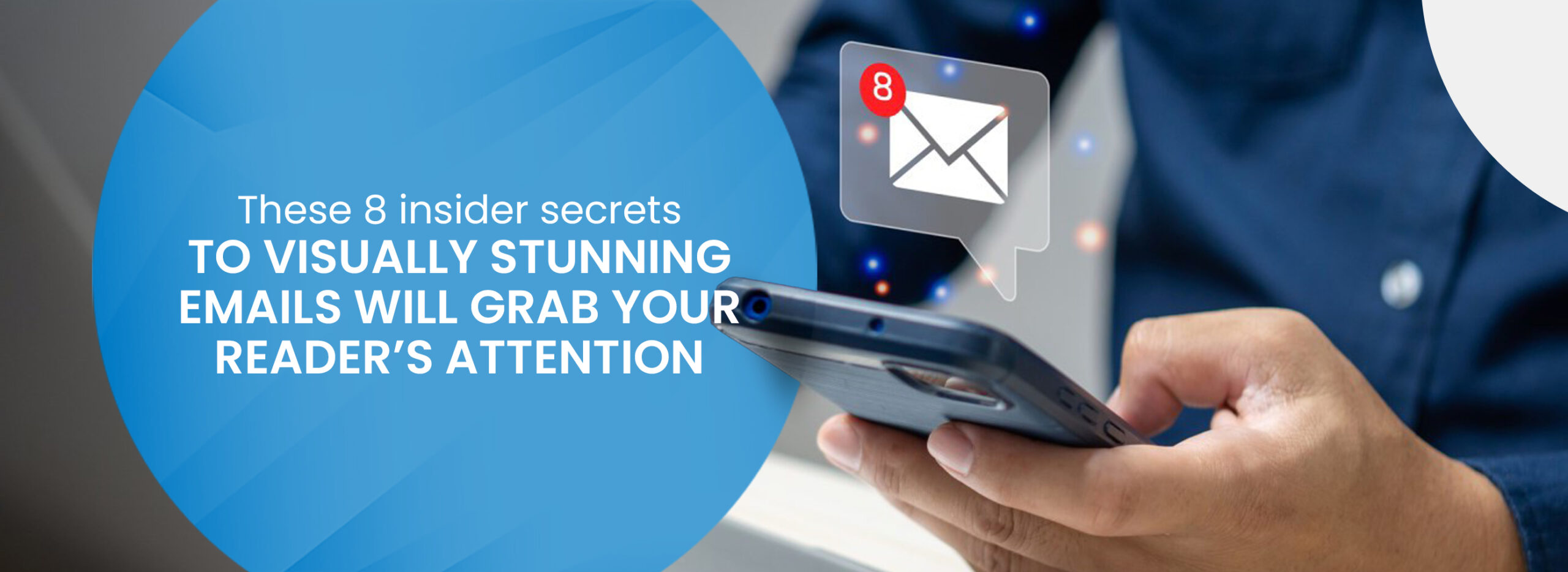A Call-to-Action (CTA) is much more than just a button on a screen or a hyperlink in the text. It’s a critical component that can determine whether a user simply leaves your website or makes the decision to become a customer.
Think of a CTA as the fulcrum of a seesaw. On one end is a casual visitor, and on the other end is a potential customer. The CTA is the tipping point that can swing the balance in favor of conversion. It’s the final nudge, the persuasive invitation that encourages a visitor to take the desired action.
When we talk about conversions, we refer to the process of turning a casual website visitor into a lead or a customer. A conversion doesn’t always mean a sale. It could be a visitor filling out a contact form, subscribing to a newsletter, downloading a resource, or any other action that moves them further along the sales funnel.
CTAs play an important role in this conversion process. They act as signposts guiding the visitors, showing them where to go next and what to do. Without effective CTAs, visitors may feel lost or overwhelmed, leading to missed conversion opportunities.
Moreover, CTAs are not just about driving conversions. They also contribute significantly to enhancing the overall user experience on a website. A well-crafted CTA provides clear instructions, helping visitors easily navigate the site. It eliminates guesswork and reduces friction, making the user journey smooth and enjoyable.
Here we will provide you with an understanding of CTAs and how they can be optimized. The goal is to equip you with practical techniques that can help you enhance your CTAs, boost conversion rates, and ultimately, drive business growth.
Key Elements of an Effective CTA
The language used in a Call to Action (CTA) is a critical factor in its effectiveness. It’s not just about what you say but how you say it. The choice of words can significantly influence the user’s decision to take action.
For example, compelling language is about using strong, action-oriented verbs that prompt users to act. Words like “Buy”, “Subscribe”, or “Download” are direct and to the point, leaving no ambiguity about what action the user is expected to take. They create a sense of momentum and progress, subtly nudging the user towards the desired action.
Likewise, clarity and conciseness are key. Internet users typically have short attention spans. If your CTA is wordy or confusing, users may lose interest or fail to grasp what they should do. A clear and concise CTA ensures that users understand exactly what they’re getting into. It could be as simple as “Download Your Free eBook” or “Sign Up for Our Newsletter.” The user knows precisely what will happen when they click the CTA.
Lastly, incorporating a sense of urgency or scarcity can make your CTA even more compelling. This is often referred to as creating FOMO – Fear Of Missing Out. By suggesting that an offer is limited in time or quantity, you’re tapping into a powerful psychological trigger. People naturally want to avoid missing out on opportunities. Phrases like “Limited Time Offer,” “Only a Few Items Left,” or “Offer Ends Soon” can make users feel like they need to act immediately before the offer goes away.
Designing CTAs for Higher Conversions
The visual design of your CTA button can further impact its effectiveness.
Size: The size of your CTA button is crucial in capturing the user’s attention. It should be big enough to stand out from the rest of the content on the page but not so large that it overwhelms the overall design or distracts from other important elements. Striking the right balance ensures that the CTA is noticeable without being obtrusive, making it more likely for users to engage with it.
Color: The color of your CTA button can significantly impact its visibility and draw attention to it. Choosing a color that contrasts with the rest of your website’s color scheme can help the CTA button stand out. For example, if your website predominantly uses blue tones, using a contrasting color like orange or yellow for your CTA button can make it pop and catch the user’s eye. The color choice should align with your brand identity while also creating visual contrast to make the CTA more noticeable.
Placement: The placement of your CTA within the overall layout of your webpage is crucial for its visibility and effectiveness. A well-placed CTA guides users naturally through your content and directs their attention to the desired action. For example, placing the CTA at the end of a VSL or in a prominent position on a landing page can increase its visibility and improve the chances of user engagement. You can guide them seamlessly toward conversion by strategically placing the CTA in areas where users are most likely to take action.
By optimizing the size, color, and placement of your CTA, you enhance its visibility, draw attention to it, and guide users toward conversion. Remember to align the CTA’s visual design with your overall brand aesthetics to maintain consistency and reinforce your brand identity.
Case Study: Successful CTA Examples
Companies like Netflix have mastered the art of effective CTAs. Netflix creates a sense of urgency with their CTA by offering a free month’s trial and stating CTA: Try 30 days free.It’s crucial to design the free trial period in a way that provides enough time for users to fully experience the value and benefits of the product or service.
While Etsy has this endearing call-to-action. CTA: Make them smile. When customizing and tailoring your CTA button add an emotional pull to your copywriting. This one speaks right to gift-givers.
Or how about this? CTA: Listen now. “Listen Now” is a favorite of industry giants like Spotify, Apple, and Pandora, and perfect if you’re promoting music, a podcast, webinar, seminar, or audiobook.
How to Test Your CTAs
A/B testing, or split testing, is a valuable comparison technique used in digital marketing to optimize various website elements, including CTAs. It involves creating two versions of a CTA with one variable changed, such as color, wording, or placement. These two versions, often referred to as Variant A and Variant B, are then tested simultaneously to see which one performs better in terms of conversion rates.
The purpose of A/B testing is to gather data and insights on user behavior and preferences. By comparing the performance of two different CTAs, you can identify which version resonates more with your audience and generates a higher conversion rate. This data-driven approach allows you to make informed decisions and continuously improve the effectiveness of your CTAs.
Here’s a step-by-step breakdown of the A/B testing process for CTAs:
- Identify the Variable: Start by identifying the specific element of the CTA that you want to test. It could be the color of the button, the wording of the CTA message, or the placement on the webpage.
- Create Variants: Create two versions of the CTA, keeping all other elements consistent except for the variable you want to test. For example, if you’re testing the button’s color, one variant could have a blue button while the other has a green one.
- Split Traffic: Divide your website traffic evenly between the two variants. This ensures that an equal number of users see each version of the CTA.
- Track Conversions: Implement tracking mechanisms, such as conversion tracking pixels or analytics tools, to measure the performance of each variant. Monitor metrics like click-through rates, conversion rates, and engagement.
- Analyze Results: Compare the performance of the two variants based on the predefined metrics. Determine which version generated a higher conversion rate or achieved the desired goal.
- Implement the Winning Variant: Once you’ve identified the variant that performs better, implement it as the new default CTA. This becomes your baseline for future testing and optimization.
- Iterate and Test Again: A/B testing is an ongoing process. Continuously test and tweak your CTAs, exploring different variables and iterations to further optimize their effectiveness. Small changes can significantly impact conversion rates, so don’t be afraid to experiment.
By leveraging A/B testing, you can make data-driven decisions and refine your CTAs to maximize their impact. It allows you to understand your audience better, uncover insights, and continuously improve your conversion rates.
Remember, A/B testing is most effective when conducted with a clear hypothesis and a large enough sample size to yield statistically significant results. It’s important to approach A/B testing with a systematic and structured mindset to ensure accurate conclusions.
CTAs are a powerful tool in digital marketing. By understanding the key elements of an effective CTA, designing them to stand out, and continuously testing and optimizing, you can significantly increase your website’s conversion rate. So why wait? Start optimizing your CTAs for higher conversions today! If you need our help, CLICK HERE!



